I was lucky not only to visit medieval and youthful Memmingen but to live a few wonderful days here at the house of my friends Babutsa and Chris. And maybe that is why Memmingen left the warmest impression despite the Petersburg-style rainy weather. Мне повезло не просто побывать в средневековом и молодящимся Меммингене, но прожить несколько чудных дней здесь в доме моих друзей Бабутсы и Криса. И может быть именно потому Мемминген оставил самое теплое впечатление несмотря на по-Питерски дождливую погоду.

Roter Weg
A pink building on the title drawing represents economic and socio-cultural change – Kramerzunft on the Weinmarkt – where for the first time in history (1525) the human rights and liberties were articulated by peasants: Twelve Articles – Zwölf Artikeln formulated in parallel with Martin Luther’s Reformation, which had not supported neither them nor the Peasants’ War. Розовое здание на титульном рисунке воплощает экономические и социокультурные изменения – Kramerzunft на Weinmarkt – где крестьяне впервые в истории (1525 г.) сформулировали права и свободы человека: Двенадцать статей – Zwölf Artikeln, появившиеся одновременно с Реформацией Мартина Лютера, не поддержавшей ни требования крестьян, ни Крестьянскую войну.
Memminger Rathaus erected in the 16th century, arcades of the 18th century Steuerhaus (“Taxhouse”) with the 19th century Neo-rococo frescoes, Großzunft (no photo), and filigree church-tower of 16th century Martinskirche are landmarks of the Marktplatz. Меммингерская ратуша, построенная в 16 веке, Steuerhaus («налоговая») с аркадами 18 века с фресками в стиле неорококо 19 века, Großzunft (без фотографии) и филигранная церковная башня 16 века Martinskirche являются достопримечательностями Марктплац.
The tower of the Martinskirche (1524/37), named after Martin Luther, has a clock and painting created by Memmingen artist Bernhard Strigel in 1524. Another interesting building on the Martin-Luther-Platz – or, better to say, arch – refers to Antonierhaus, a place where monks tried to treat the citizens who had illness of “St. Vitus’ dance” (Sydenham’s chorea). На башне Мартинскирхе (1524/37 г.), названной в честь Мартина Лютера, есть часы, декорированные живописью художника из Меммингена Бернхардом Стригелем в 1524 году. Еще одно интересное здание на Мартин-Лютер-Платц, или, лучше сказать, арка, относится к в Антониехаус, месту, где монахи пытались лечить горожан, болевших болезнью Танец Св. Вита (хорея Сиденхама).

Antonierhaus 
Antonierhaus 
Antonierhaus 
Martinskirche -1524/37
The late gothic “Church of Our Lady” Frauenkirche (1258) on the Schrannenplatz united Catholics and Protestants from the time of the Reformation until 1803. Позднеготическая «Церковь Богоматери» Фрауэнкирхе (1258 г.) на Шранненплац объединяла католиков и протестантов со времен Реформации до 1803 года.

Grüner Weg
Canals – Stadtbach – Iller‘s tributary small river Memminger Ach – were used for the city needs from the 12th century. Каналы – Штадтбах – приток Иллера речка Меммингер Ах – использовались для нужд города с 12 века.
The north part of the Stadtbach (canal) goes along the city wall (Stadtmauer) of the 12th century. Several historic/al gates enter the inner city. Северная часть Штадтбаха (канал) проходит вдоль городской стены (Stadtmauer) XII века. Несколько исторических ворот открывают центр города.

Bettelturm 12th century 


left – to the Bettelturm 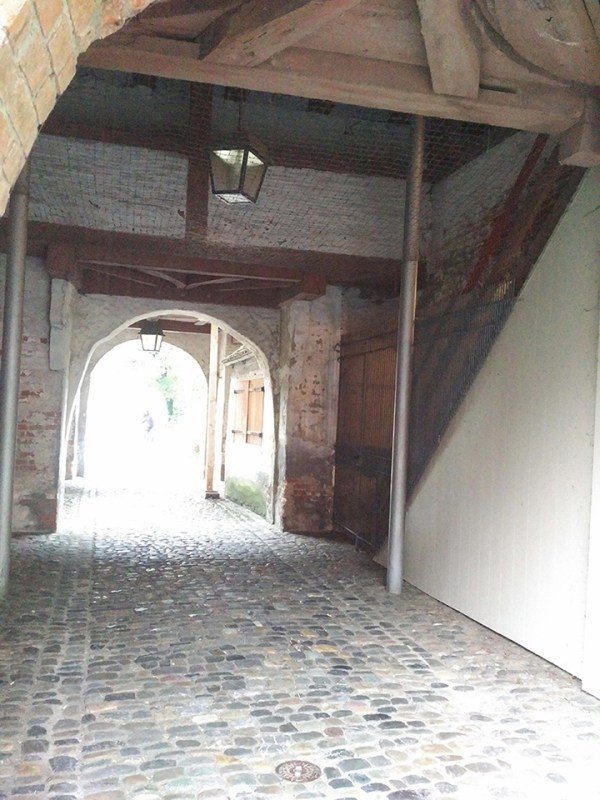
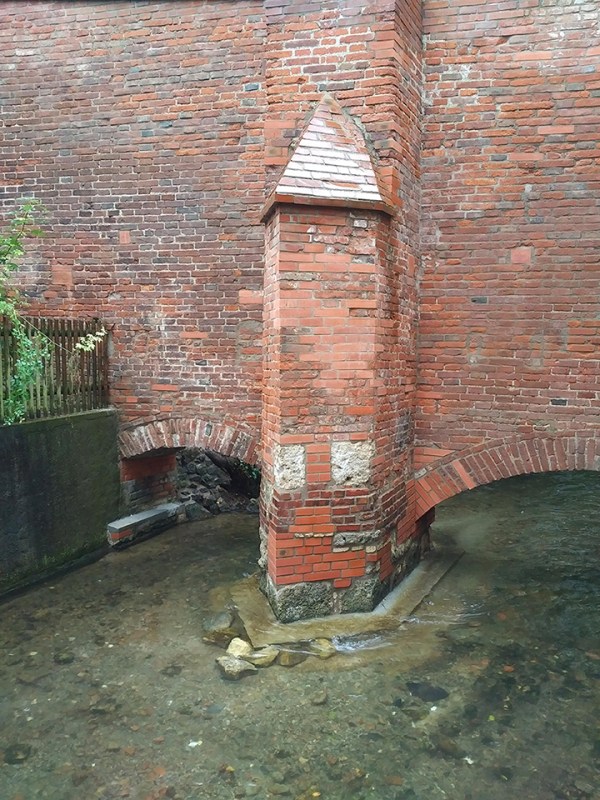
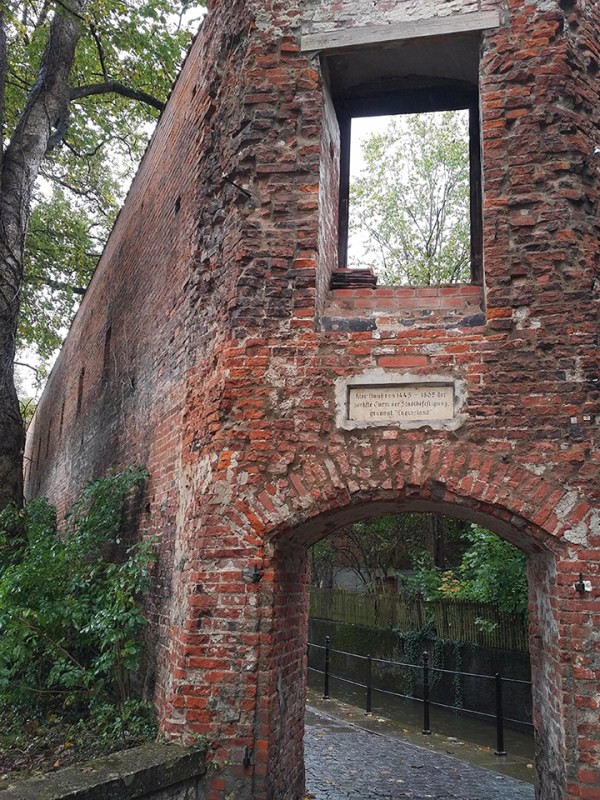

Lindauer Tor 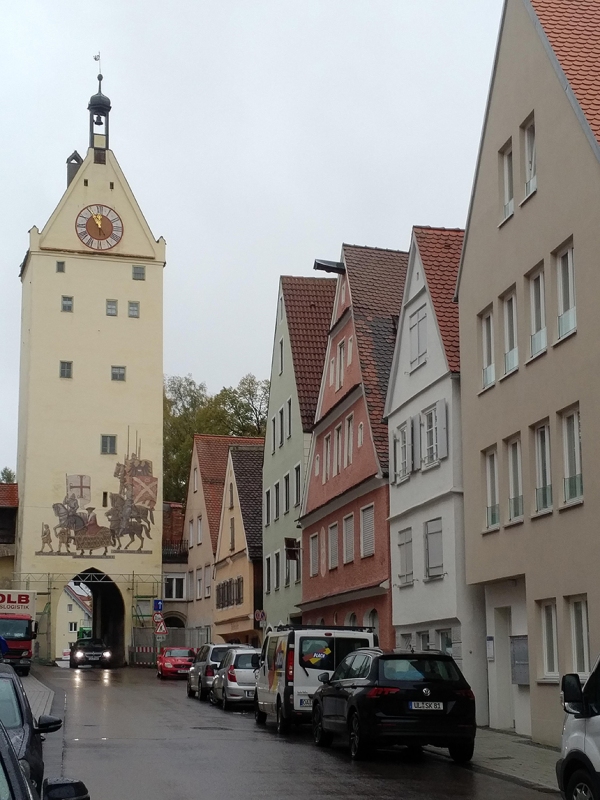
Ulmer Tor 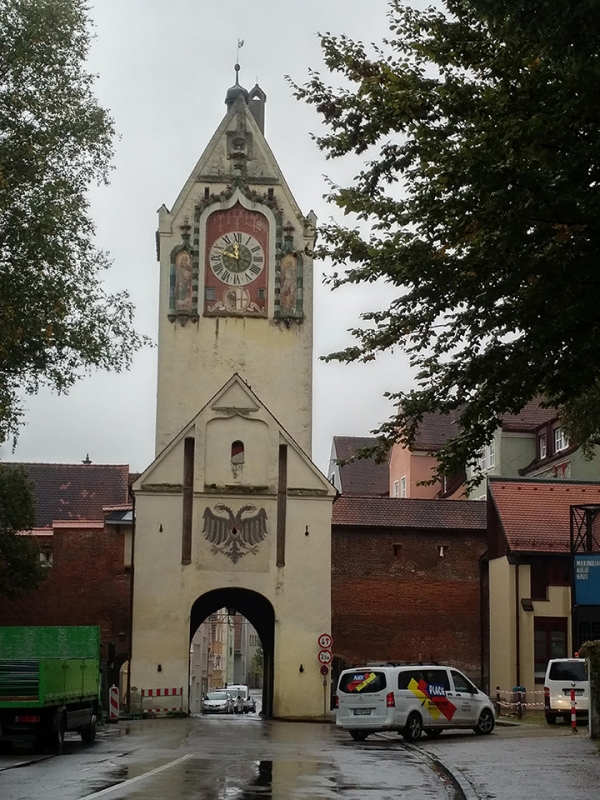
Ulmer Tor 1489 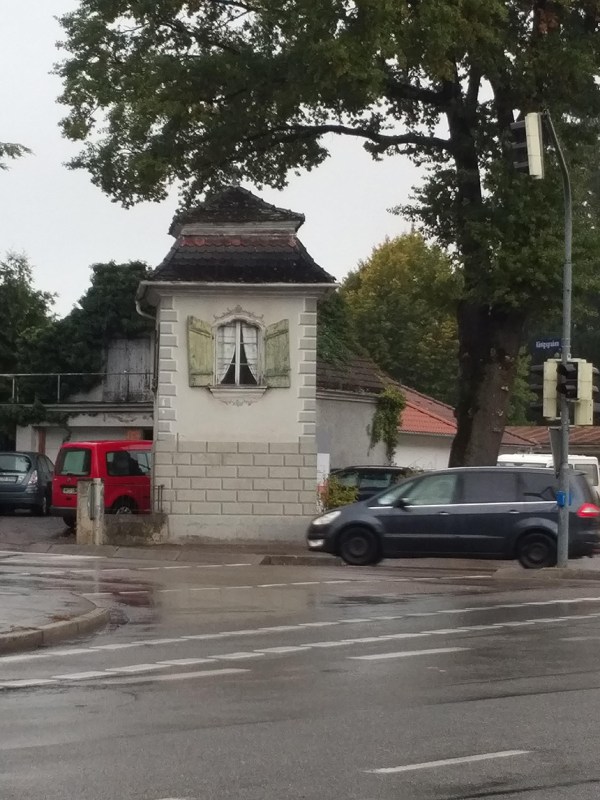
Below are some other landmarks: 19th century Neo Baroque style building of the Landestheater Schwaben and 16th century (reconstructed after WWII) Siebendächerhaus (“Seven-Roofs House”) where the form follows function (Louis Sullivan’s phrase): many dormer-windows ventilated spaces to dry the leather. Ниже приведены некоторые другие достопримечательности: здание Ландестеатр Швабен в стиле необарокко 19 века и Зибендехерхаус (реконструированный после Второй мировой войны) 16 века («Дом с семью крышами»), где Форма следует за Функцией (как напевал Луис Салливан): ряды слуховых окон вентилируют помещения для сушки кожи.
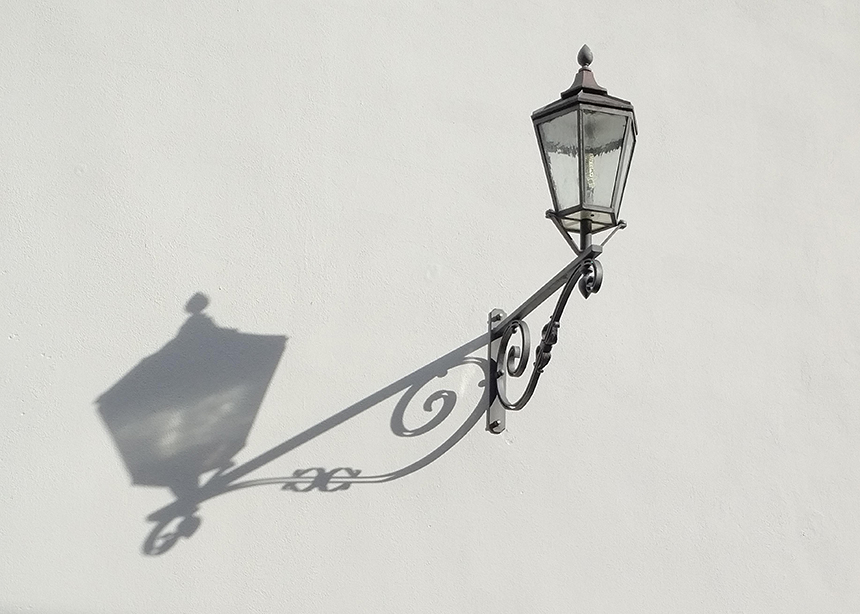

St. Josef
Two buildings of the 20th century attract attention: – St. Josef of the early 1920s by architects Michael Kurz and Thomas Wechs, and – a wood construction of the Stadthalle Memmingen (Platz der Deutschen Einheit 1) built in 1984 and designed by Faller, Muschalek, and Schröder (Stuttgart architects). Два здания 20-го века привлекают внимание: – церковь Святого Иосифа начала 1920-х годов архитекторами Майклом Курцем и Томасом Вексом и – деревянное сооружение Stadthalle Memmingen (Platz der Deutschen Einheit 1), построенное в 1984 году по проекту Фаллера, Мушалека и Шредер (архитекторы Штутгарта).

Stadthalle Memmingen 1984 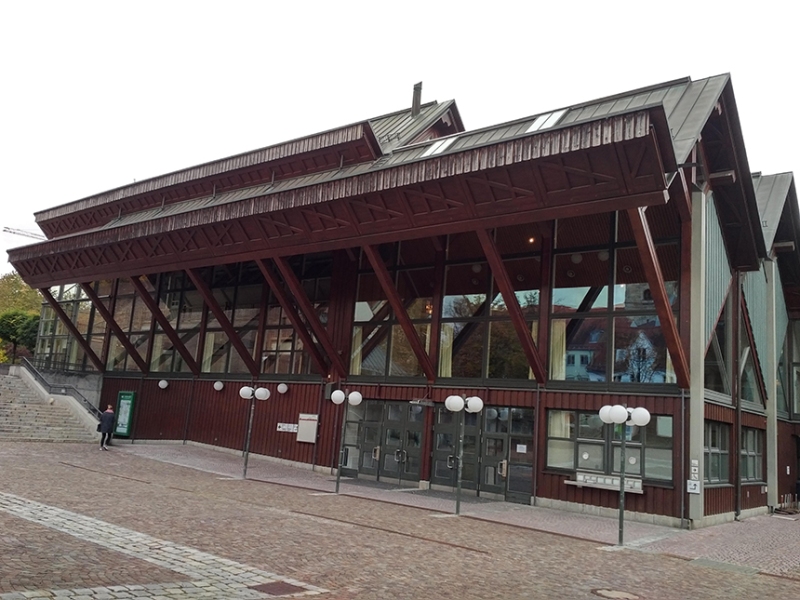
Stadthalle Memmingen 1984 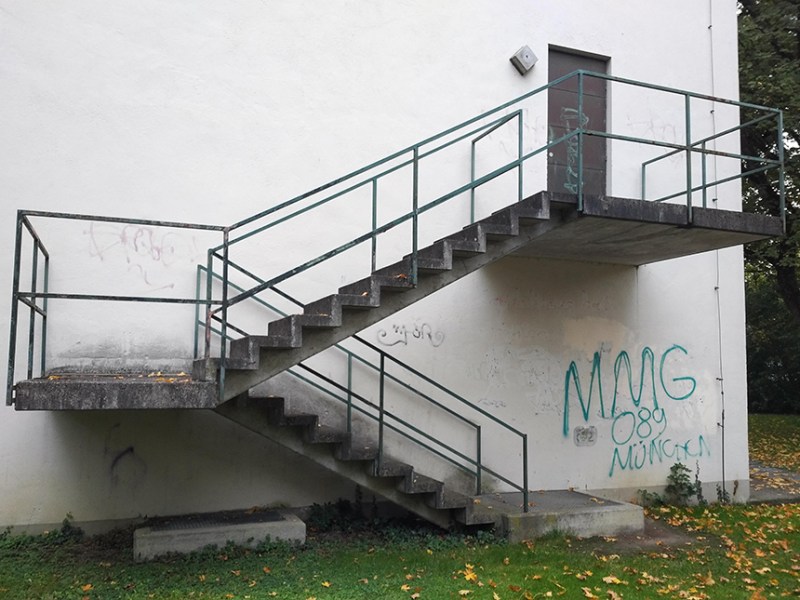
Below there are some photos made near the railway station.
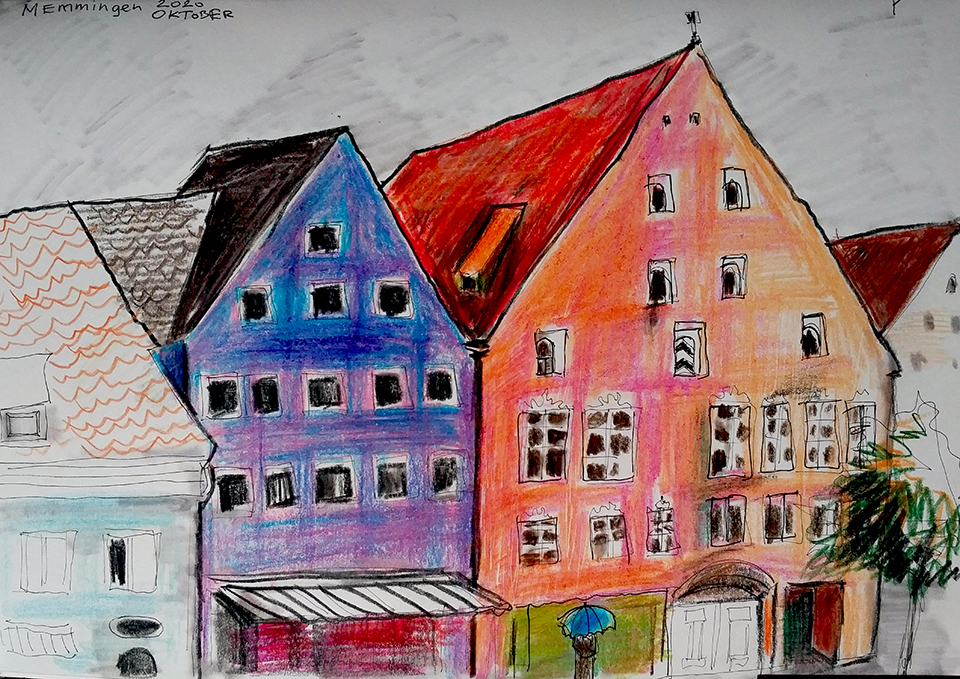
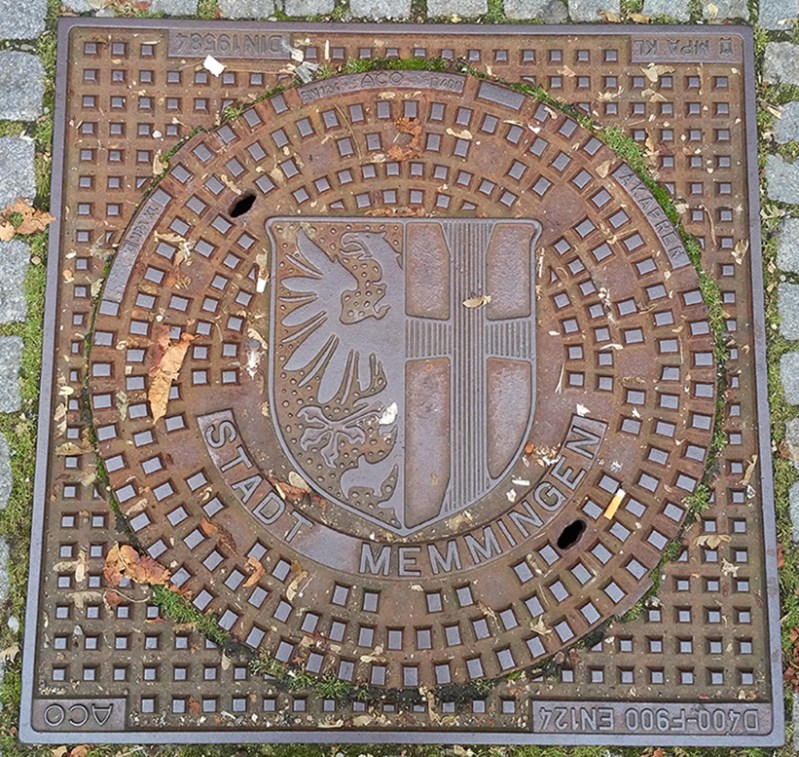
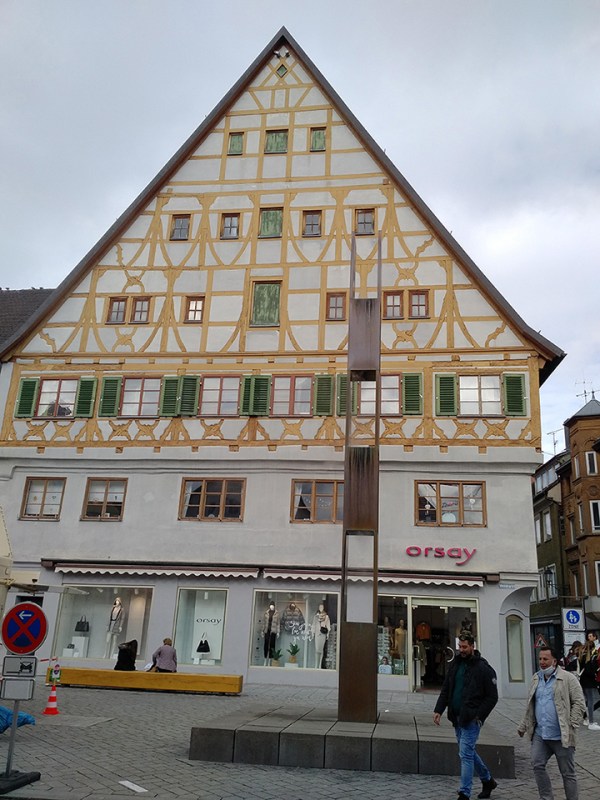



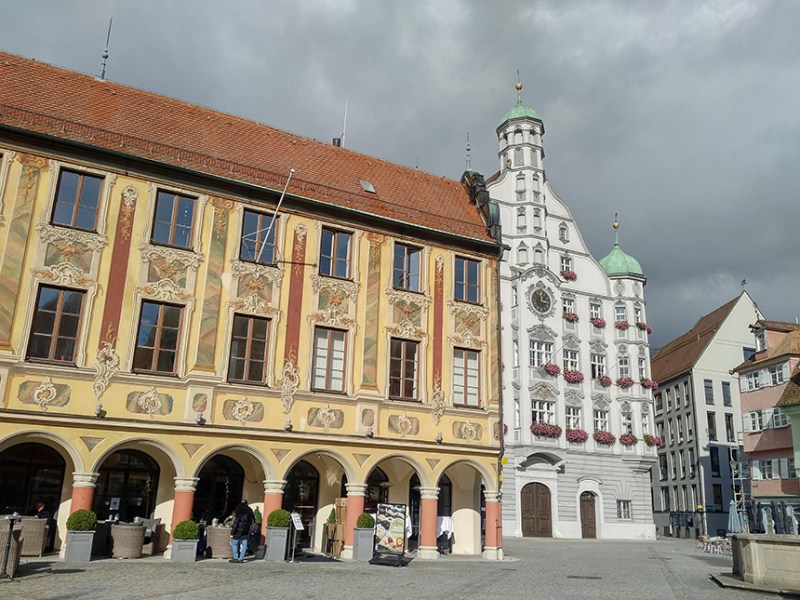
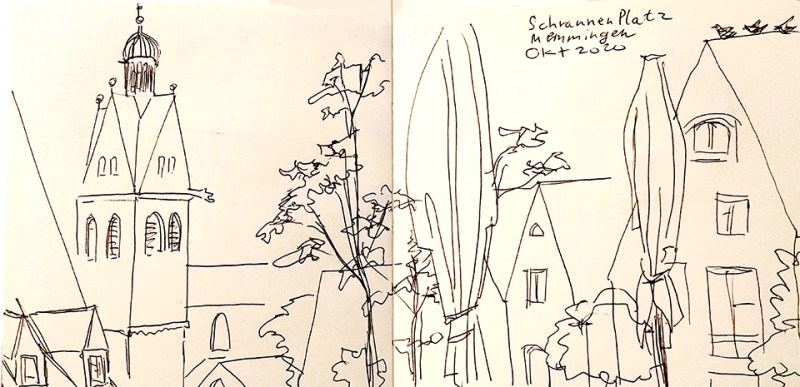
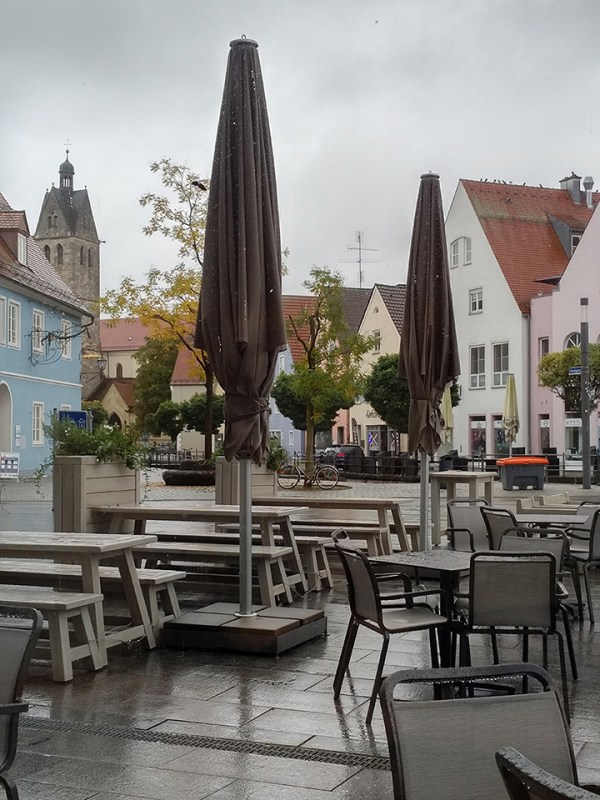
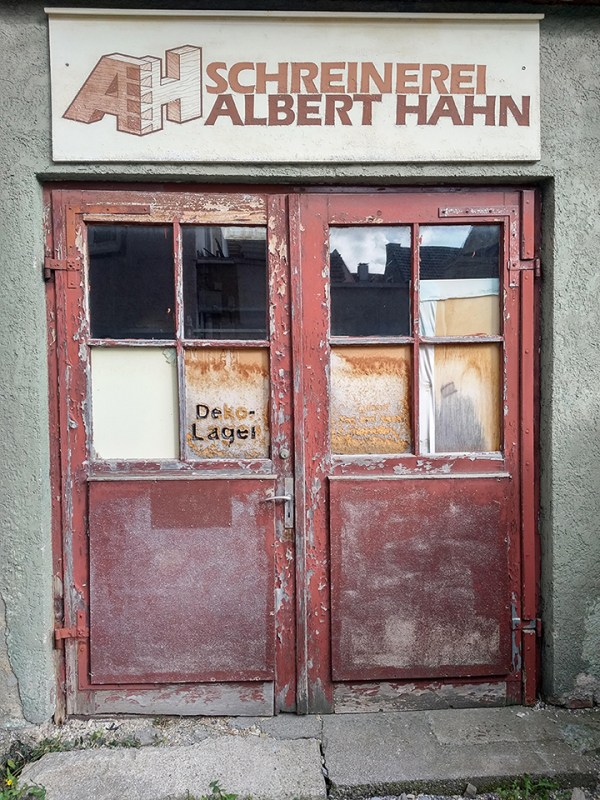
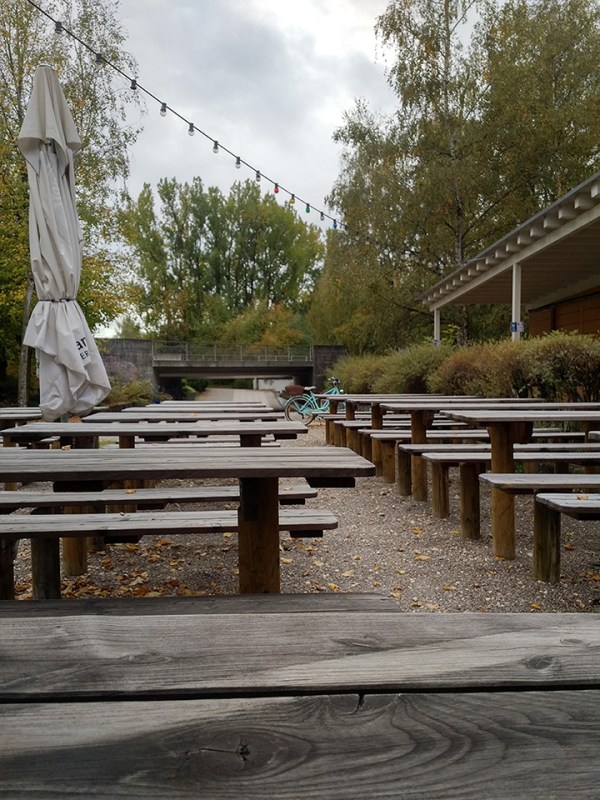

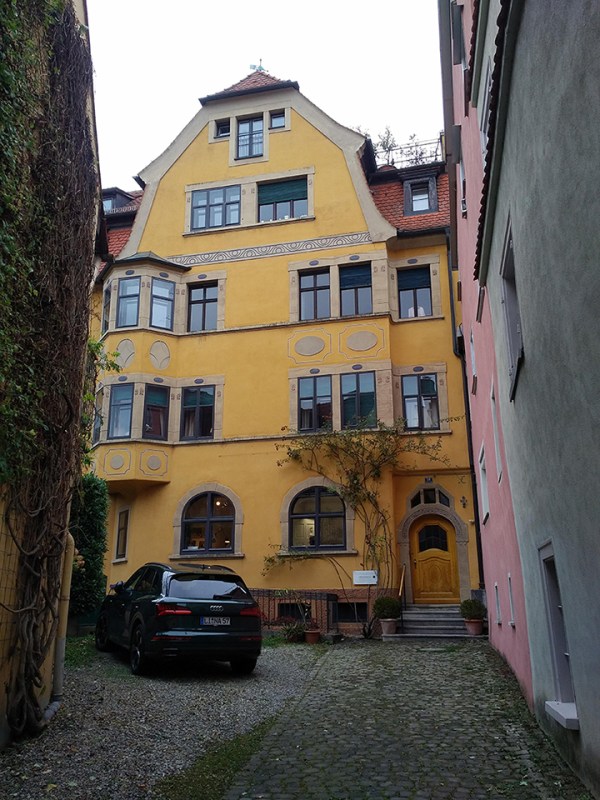

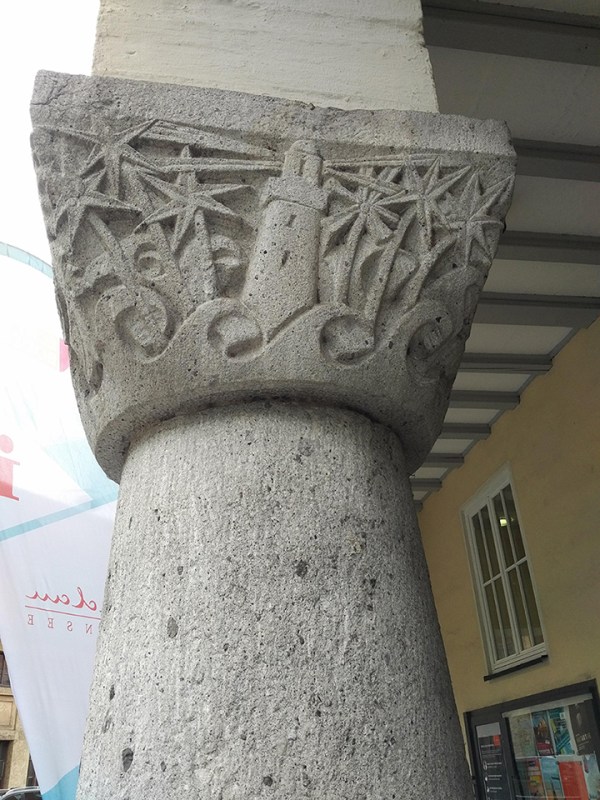
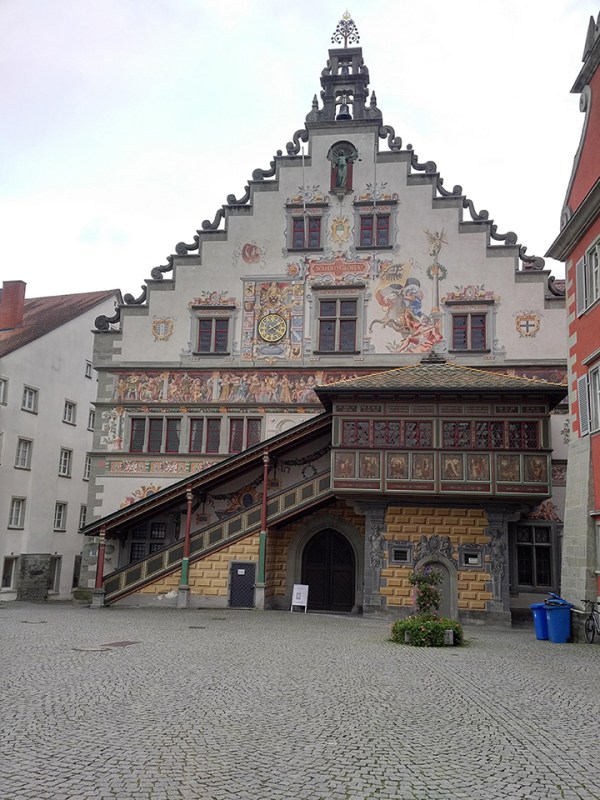
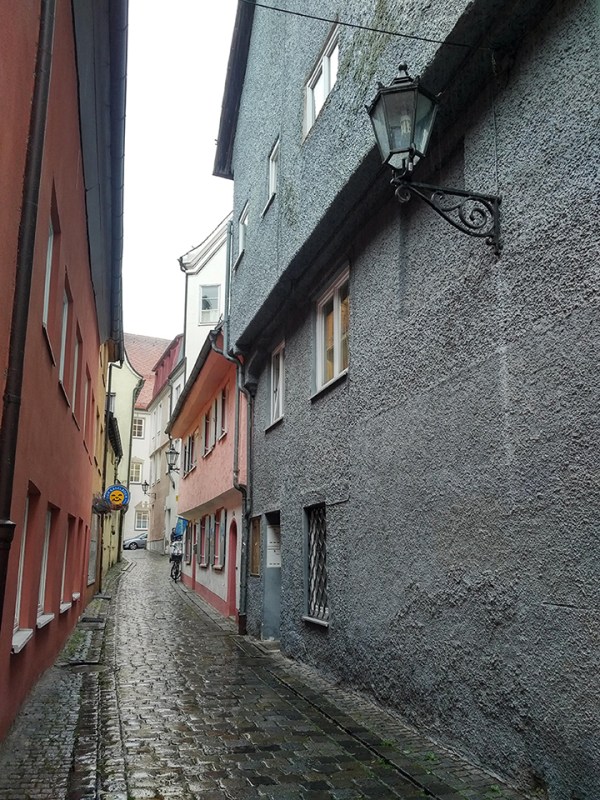

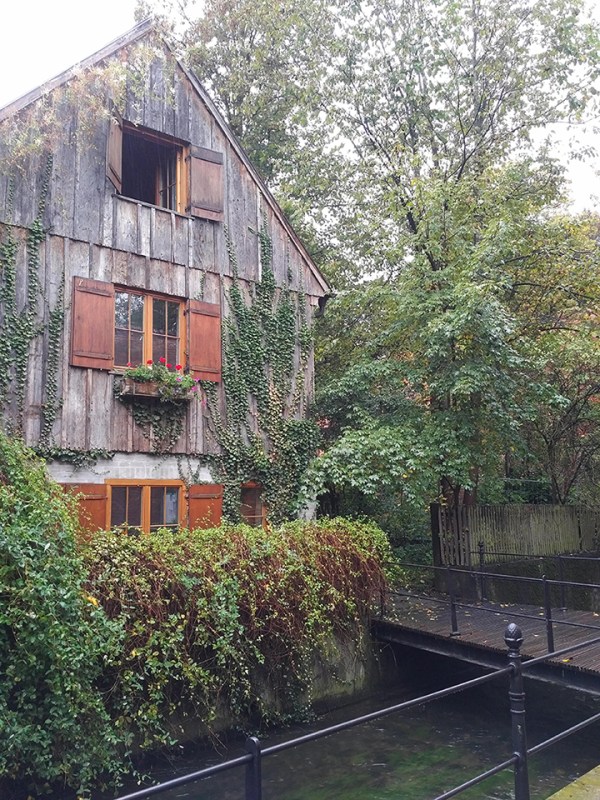



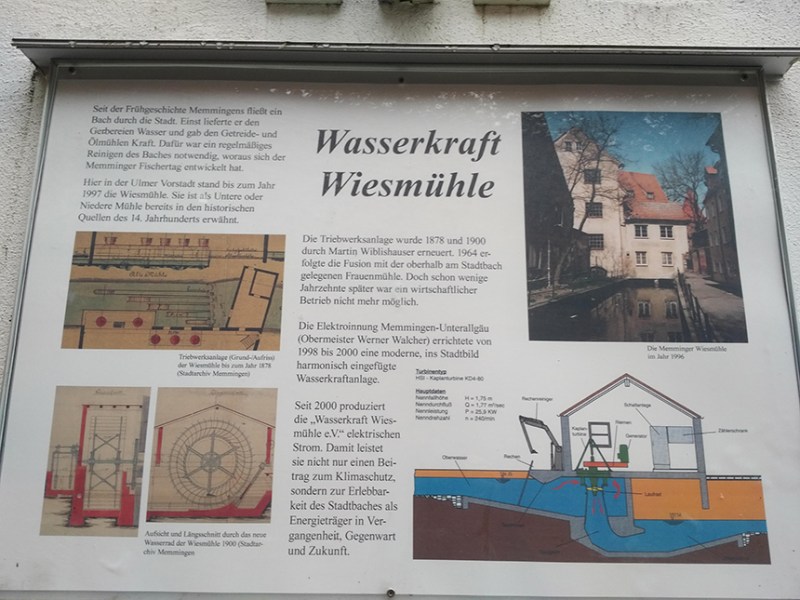



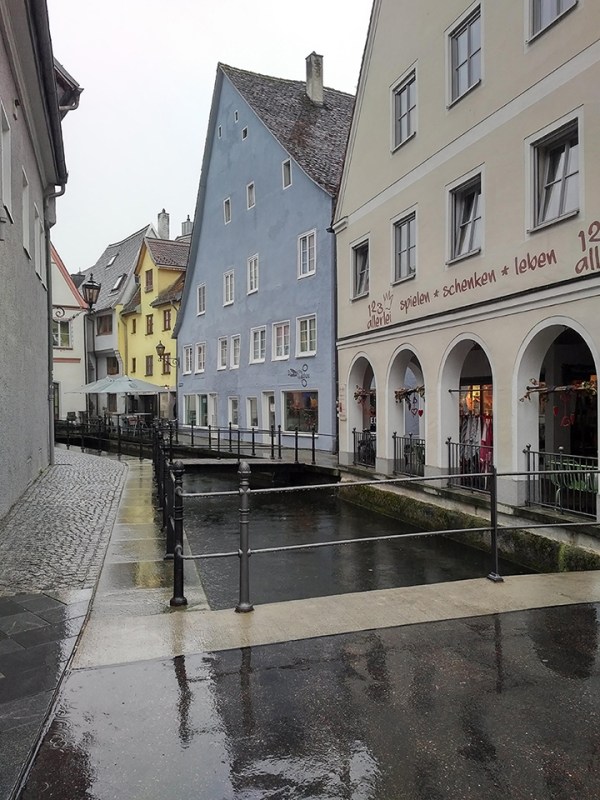
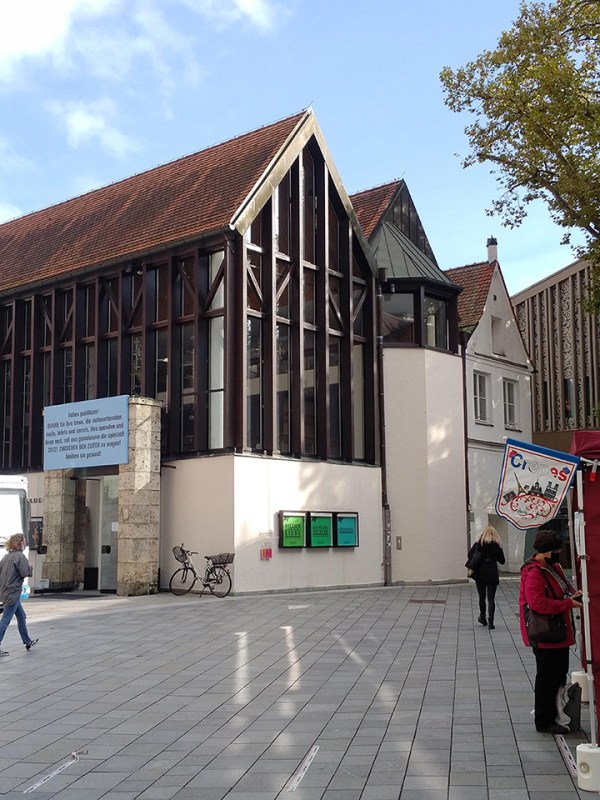



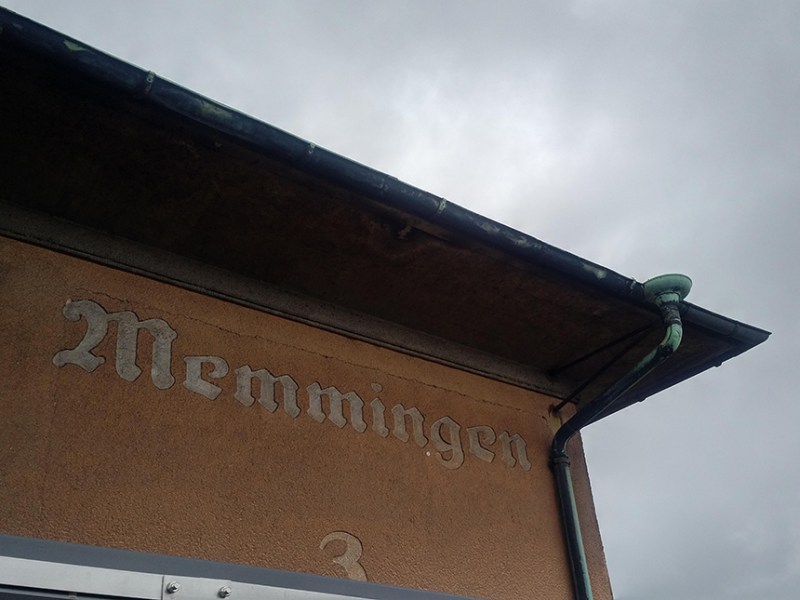

This is a really thorough guide on some really interesting things to see while in Memmingen. Thanks a lot for the inspiration!
You just needed a little bit of sunshine 🙂
Thank You 🙂 Yes, was a really rainy time